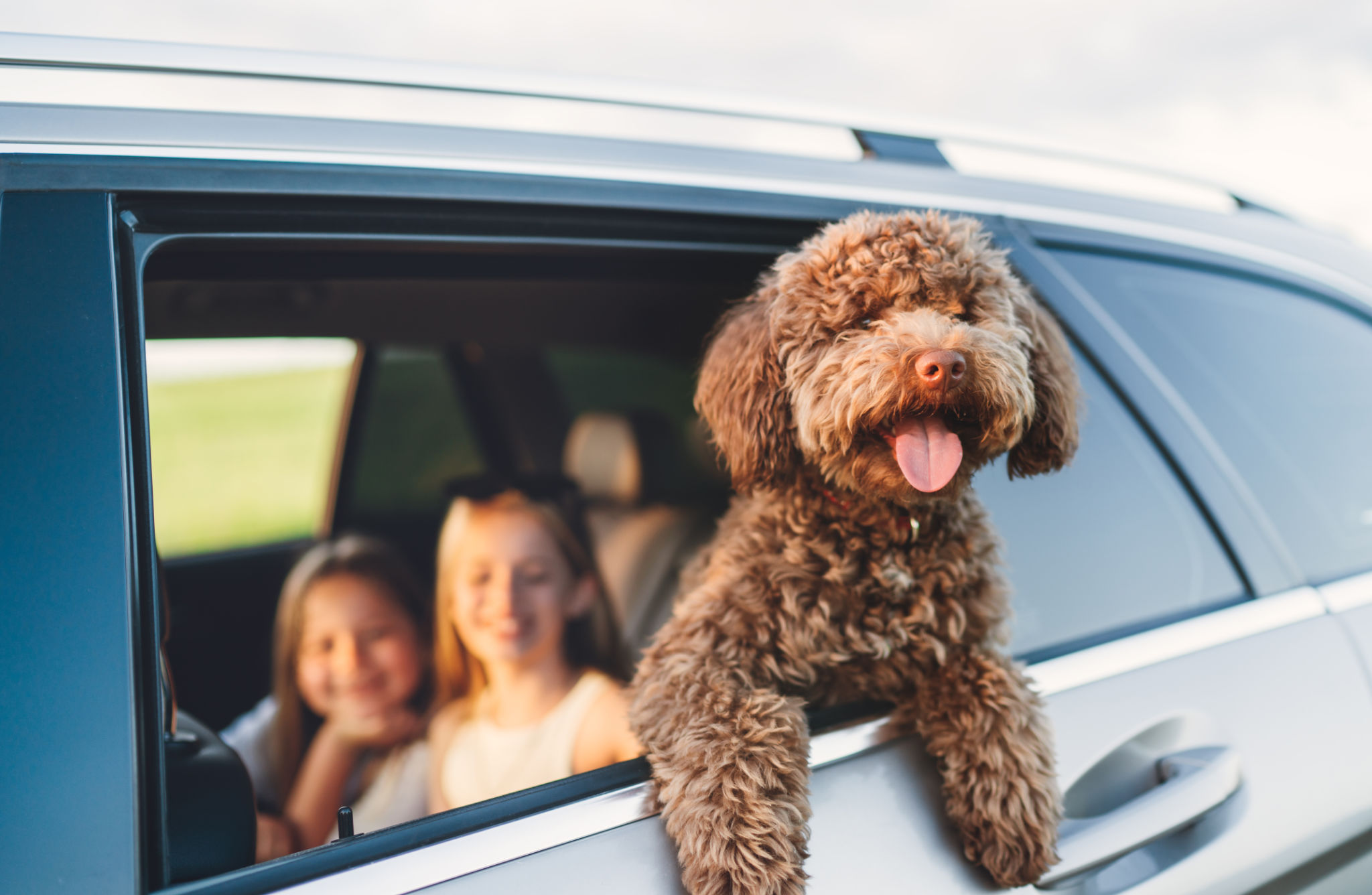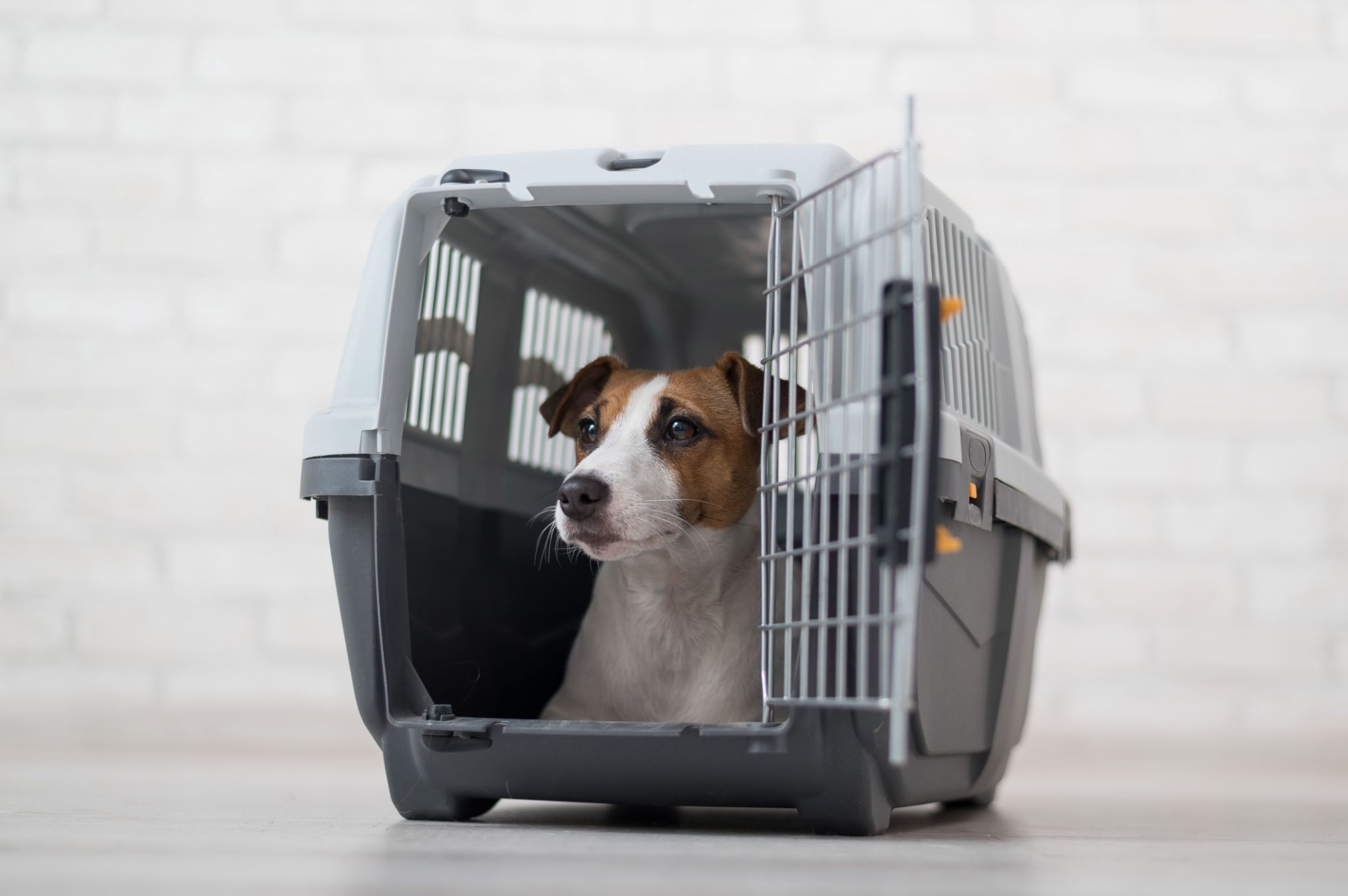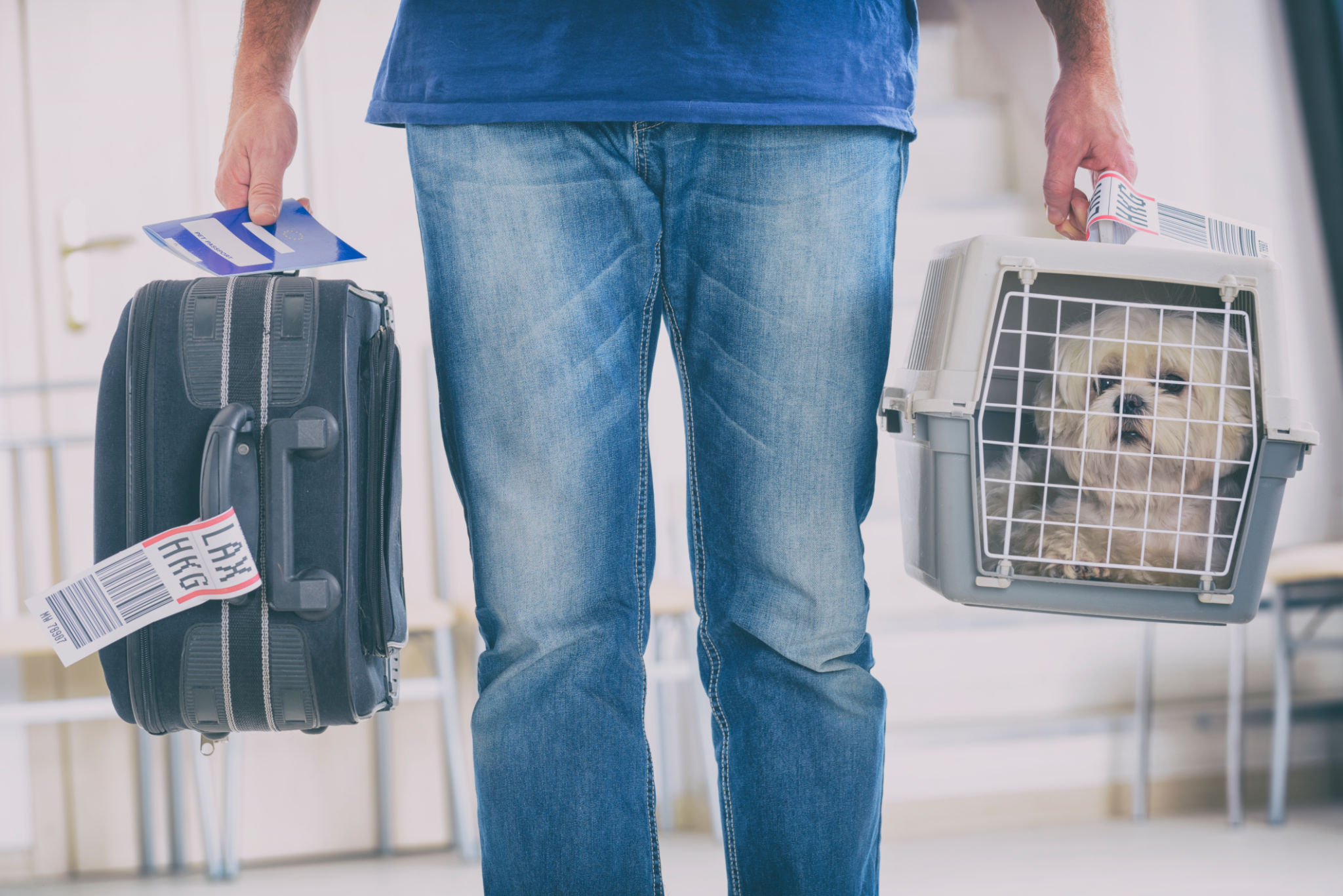Preparing Your Pet for an International Move: A Step-by-Step Guide
Understanding the Basics of Pet Travel
Relocating internationally can be a daunting task, and when you add a pet to the mix, it requires even more planning and consideration. It's essential to understand the regulations and requirements for moving your pet overseas. Each country has specific guidelines regarding pet importation, including vaccinations, quarantine periods, and documentation. Before you embark on this journey, ensure you're well-informed about these regulations to avoid any last-minute surprises.
Start by researching the destination country's pet import policies. Contact the embassy or visit their government website for the most accurate and up-to-date information. Some countries may require a microchip for identification, while others might demand particular vaccinations or blood tests. Knowing what is needed well in advance will help streamline the process.

Preparing Your Pet for the Move
Once you are familiar with the regulations, it's time to prepare your pet for the move. This involves several steps that should be started months before your departure date. Begin by scheduling a visit to your veterinarian. They can provide necessary vaccinations and health certificates required for travel.
During this visit, discuss any potential health risks associated with your destination and consider any additional measures needed to ensure your pet's safety. Your vet can also advise on how to keep your pet calm and comfortable during the journey, whether it involves a long flight or multiple modes of transport.

Choosing the Right Travel Crate
The travel crate is an essential component of moving your pet internationally. It must meet the International Air Transport Association (IATA) specifications to ensure your pet's safety and comfort. The crate should be large enough for your pet to stand, turn around, and lie down comfortably.
Introduce your pet to the crate well ahead of time to familiarize them with their temporary abode. Place their favorite blanket or toy inside to create a sense of comfort. Allowing your pet to spend time in the crate before the move can reduce anxiety and make the experience less stressful for both of you.

Documentation and Legal Requirements
Proper documentation is crucial when it comes to international pet relocation. Ensure you have all the necessary paperwork, such as vaccination records, health certificates, and import permits, ready before your travel date. Missing or incorrect documents can result in delays or even denied entry into the destination country.
Consider hiring a professional pet relocation service if you're overwhelmed by the paperwork or need additional assistance. These experts are familiar with international regulations and can help ensure that all requirements are met, making the process smoother and less stressful.
Managing Travel Day
On the day of travel, follow a checklist to ensure everything goes smoothly. Feed your pet several hours before departure to avoid motion sickness, but limit food intake right before travel. Ensure they have access to water during the journey and include absorbent materials in their crate for any accidents.
Arrive at the airport or transportation hub early to allow ample time for check-in procedures. Keep calm and reassure your pet with soothing words and gestures. Remember that animals are sensitive to our emotions, so staying relaxed can help ease their anxiety.

Settling Into Your New Home
After arriving at your destination, give your pet time to adjust to their new environment. Slowly introduce them to different areas of your home and maintain a routine similar to what they were used to before the move. This consistency can help ease their transition and reduce stress.
Monitor your pet for any signs of distress or health issues in the weeks following your arrival. If you notice anything unusual, consult a local veterinarian. They can provide advice specific to your new location and ensure your pet remains healthy and happy in their new home.